Embarking on a kitchen remodel is an exciting journey, but it’s natural to wonder: how long will it take? From dreaming up designs to seeing the final touches, a kitchen renovation involves several steps that contribute to its timeline. Whether you’re planning a simple refresh or a complete overhaul, understanding the process can help set realistic expectations. Let’s dive into the typical kitchen remodel timeline and factors that can influence it.
1. Planning Phase
The planning phase sets the groundwork for your entire project. This stage involves brainstorming ideas, setting a budget, and finding the right professionals to bring your vision to life.
Tasks:
- Research and Inspiration: Spend time gathering ideas from magazines, websites, and design platforms to define your style. Explore different layouts, color schemes, and materials.
- Visit kitchen showrooms or home improvement stores to see materials and fixtures in person.
- Create a vision board or Pinterest board to collect your ideas and inspirations.
- Budgeting: Determine your budget based on your renovation goals and research approximate costs of materials and labor.
- Factor in unexpected expenses by allocating a contingency fund, typically around 10-20% of your total budget.
- Get quotes from multiple contractors to understand average costs in your area.
- Find Professionals: Research and hire contractors, designers, and architects if needed.
- Ask for recommendations from friends, family, or online reviews.
- Interview multiple professionals and ask to see examples of their past work.
- Design Development: Work with professionals to create a detailed design plan including layout, materials, and fixtures.
- Consider functionality along with aesthetics when designing your new kitchen.
- Review and revise the design until you’re satisfied before moving to the next phase.
Timeline: 1-3 months
2. Permitting and Approvals
Before swinging the hammer, you’ll likely need permits and approvals from local authorities. The duration can vary depending on your location and the complexity of the project.
Tasks:
- Permit Acquisition: Submit necessary documents and plans to obtain permits for construction.
- Check with your local building department to understand what permits are required for your project.
- Fill out permit applications accurately and include all required documents to avoid delays.
- Homeowner Association Approval: If you belong to an HOA, approval may be needed before making changes to your property.
- Review HOA guidelines and submit your plans for approval well in advance.
Timeline: 2-6 weeks
3. Demolition and Preparation
Once permits are in hand, it’s time to prepare your kitchen for the transformation ahead.
Tasks:
- Demolition: Removal of old cabinets, appliances, flooring, and fixtures.
- Hire professionals for safe and efficient demolition to minimize damage to surrounding areas.
- Dispose of debris responsibly, either through a dumpster rental or hauling service.
- Structural Changes: If walls are being moved or modified, this is the stage for it.
- Work with a structural engineer if major structural changes are planned to ensure safety and compliance.
- Utilities Disconnection: Shut off water, gas, and electricity to the kitchen area.
- Coordinate with utility providers to safely disconnect services before demolition begins.
Timeline: 1-2 weeks
4. Rough-In Work
This phase involves any structural or mechanical work required before the aesthetic upgrades.
Tasks:
- Electrical Work: Wiring for lighting, outlets, and appliances.
- Plan the placement of outlets and switches carefully to ensure convenience and compliance with building codes.
- Hire a licensed electrician to handle wiring to guarantee safety and compliance.
- Plumbing: Installation or relocation of plumbing lines for sinks, dishwashers, etc.
- Work with a plumber to ensure proper placement and connection of plumbing fixtures.
- HVAC: Adjustments or installations for heating and cooling systems.
- Ensure proper ventilation for cooking areas and install exhaust fans if needed.
Timeline: 1-2 weeks
5. Installation of Fixtures and Finishes
Now comes the exciting part where your new kitchen starts to take shape.
Tasks:
- Cabinetry Installation: Mounting of new cabinets and countertops.
- Double-check measurements and ensure cabinets are level and securely anchored.
- Consider hiring professional installers for complex cabinetry setups.
- Appliance Installation: Setting up new appliances such as refrigerators, stoves, and dishwashers.
- Follow manufacturer instructions for proper installation and connections.
- Schedule delivery of appliances well in advance to coordinate with installation.
- Flooring Installation: Laying down new flooring materials like tiles, hardwood, or laminate.
- Allow time for flooring adhesive or grout to cure properly before using the kitchen.
- Consider factors like durability and ease of maintenance when choosing flooring materials.
- Painting and Wall Finishes: Applying paint, wallpaper, or other wall treatments.
- Prepare surfaces properly before painting or applying finishes for a professional look.
- Choose paint colors that complement your overall design scheme.
Timeline: 2-4 weeks
6. Final Touches and Cleanup
As the renovation nears completion, final details are attended to.
Tasks:
- Hardware Installation: Adding cabinet handles, knobs, and fixtures.
- Measure carefully for precise placement of hardware.
- Consider upgrading hardware for a fresh look without replacing entire cabinets.
- Trim Work: Installing baseboards, crown molding, and other trim.
- Ensure cuts are precise for a polished finish.
- Paint or stain trim to match or complement your cabinets and walls.
- Final Inspections: Ensuring everything meets building codes and regulations.
- Schedule inspections as required by local authorities to sign off on the work.
- Cleanup: Clearing out debris and giving the kitchen a thorough cleaning.
- Hire professional cleaners or do a deep clean yourself to make your new kitchen sparkle.
Timeline: 1-2 weeks
Factors Affecting Timeline:
Several factors can influence the duration of your kitchen remodel:
- Kitchen Size and Complexity: Larger or more complex kitchens may take longer to renovate as there are more elements to address.
- Material Availability: Delays can occur if materials are out of stock or need to be special ordered.
- Contractor Scheduling: Availability of contractors and subcontractors can impact the timeline, especially during busy seasons.
- Unforeseen Issues: Unexpected problems like hidden water damage or structural issues can extend the project timeline as they need to be addressed before proceeding.
Tips to Speed Up the Process:
- Plan Thoroughly: Detailed planning can help avoid delays and keep the project on track. Consider hiring a designer or contractor who can assist with project management.
- Order Materials Early: Order materials well in advance to prevent waiting for items to arrive. Be prepared to make decisions promptly to avoid delays in ordering.
- Communicate Clearly: Maintain open communication with your contractors to address any issues promptly. Regular updates and meetings can help keep the project moving smoothly.
- Be Flexible: Flexibility with your timeline can help accommodate unexpected delays more smoothly. Have a backup plan for temporary kitchen arrangements if the project takes longer than expected.
Conclusion
A kitchen remodel can breathe new life into your home, but it’s essential to understand the time it takes to complete. By following a well-structured timeline and considering potential delays, you can navigate your renovation project more effectively. Remember, good planning, communication, and working with experienced professionals are key to a successful kitchen remodel journey.

